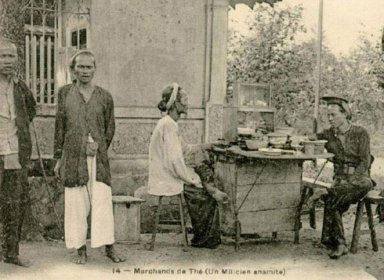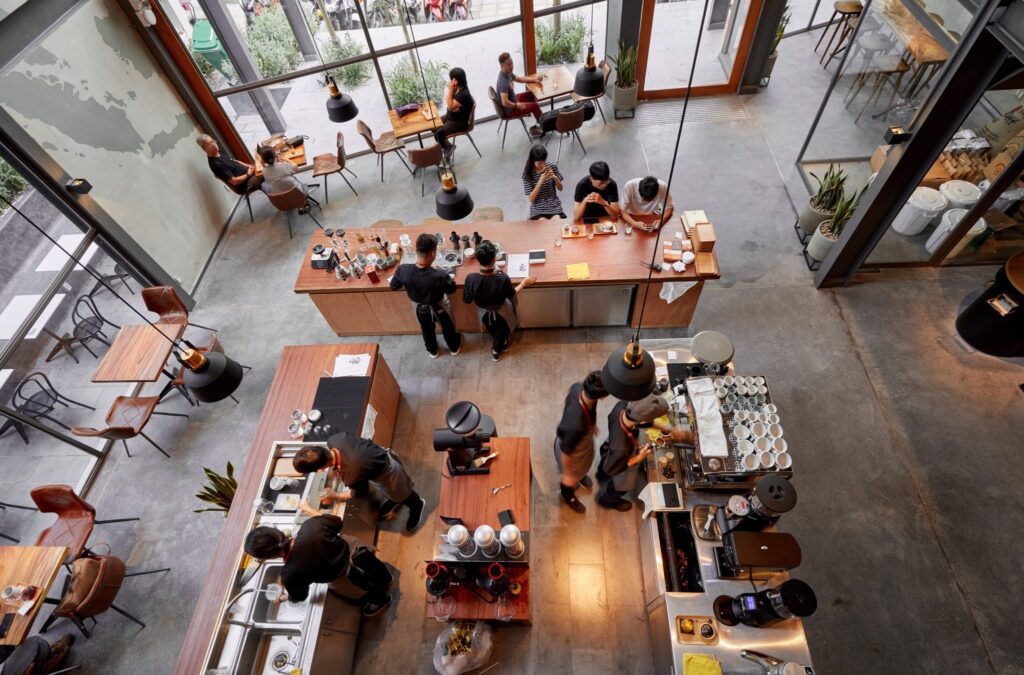When mentioning Vietnam, people often think of vast rice fields, romantic beaches or long-standing historical sites. However, Vietnam is also famous for a special drink - coffee.
When mentioning Vietnam, people often think of vast rice fields, romantic beaches or long-standing historical sites. However, Vietnam is also famous for a special drink - coffee. Coffee is not only a popular drink but also a part of Vietnamese culture. Sipping a hot, rich cup of coffee on a cold morning or chatting with friends over a cup of iced milk coffee in the afternoon has become a habit of many Vietnamese people. So when did the coffee tree actually exist? Let's find out through the following article!!!
Origin of Vietnamese coffee tree
The first coffee tree was introduced to Vietnam in 1857 by Cha Alexandre Vallet, a French priest. Initially, coffee was experimentally grown in northern provinces such as Ha Nam and Quang Tri. However, due to unsuitable climatic conditions, coffee trees do not grow well.
In 1875, coffee plants were tested in Buon Ma Thuot (now Buon Ma Thuot city, Dak Lak province) and grew strongly here. The climate and soil of the Central Highlands are very suitable for Robusta coffee trees to grow, creating the unique flavor of Vietnamese coffee.

Development journey
In the early 20th century, the French established many large coffee plantations in the Central Highlands, typically Ea Tam coffee plantation (now Ea Tam commune, Krong Nang district, Dak Lak province) with an area of up to 10,000 hectares. . Robusta coffee was introduced to Vietnam from Indonesia in 1908 and quickly became the main type of coffee due to its good adaptation to the climate and soil of the Central Highlands.
After the war, Vietnam's coffee industry faced many difficulties due to destroyed infrastructure and lack of investment capital. However, with economic innovation and opening up to integration since 1986, Vietnam's coffee industry has recovered and developed strongly.

Coffee tree achievements
Today, Vietnam is the world's second largest exporter of Robusta coffee with an export output of more than 4 million tons per year. Vietnamese coffee is exported to more than 180 countries and territories around the world.
The coffee processing and brewing industry in Vietnam is not only an important part of the economy but also an indispensable part of urban culture. Unique and creative coffee shops are blooming throughout major cities, demonstrating diversity and creativity in how to make coffee.

Summary
The history of Vietnamese coffee is a proud story, demonstrating the efforts and creativity of the Vietnamese people. Coffee is not only a drink but also a symbol of Vietnam.
